Hi All - I plan on upgrading my engagement ring sometime this year and have been doing a ton of research/learning, as well as browsing available stones online. I was looking at AGS000 stones today and came across this one.
I’m curious why this one is an AGS000 when it looks like there is a ring of leakage in the middle. Is this type of leakage generally considered ok?
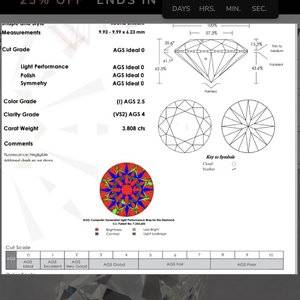
I’m curious why this one is an AGS000 when it looks like there is a ring of leakage in the middle. Is this type of leakage generally considered ok?



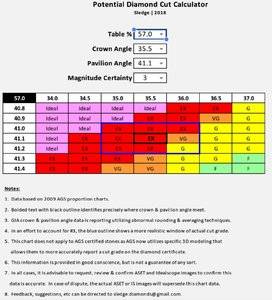
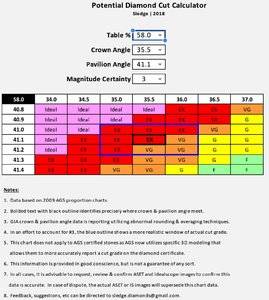
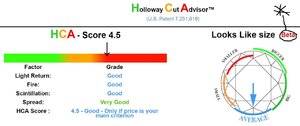
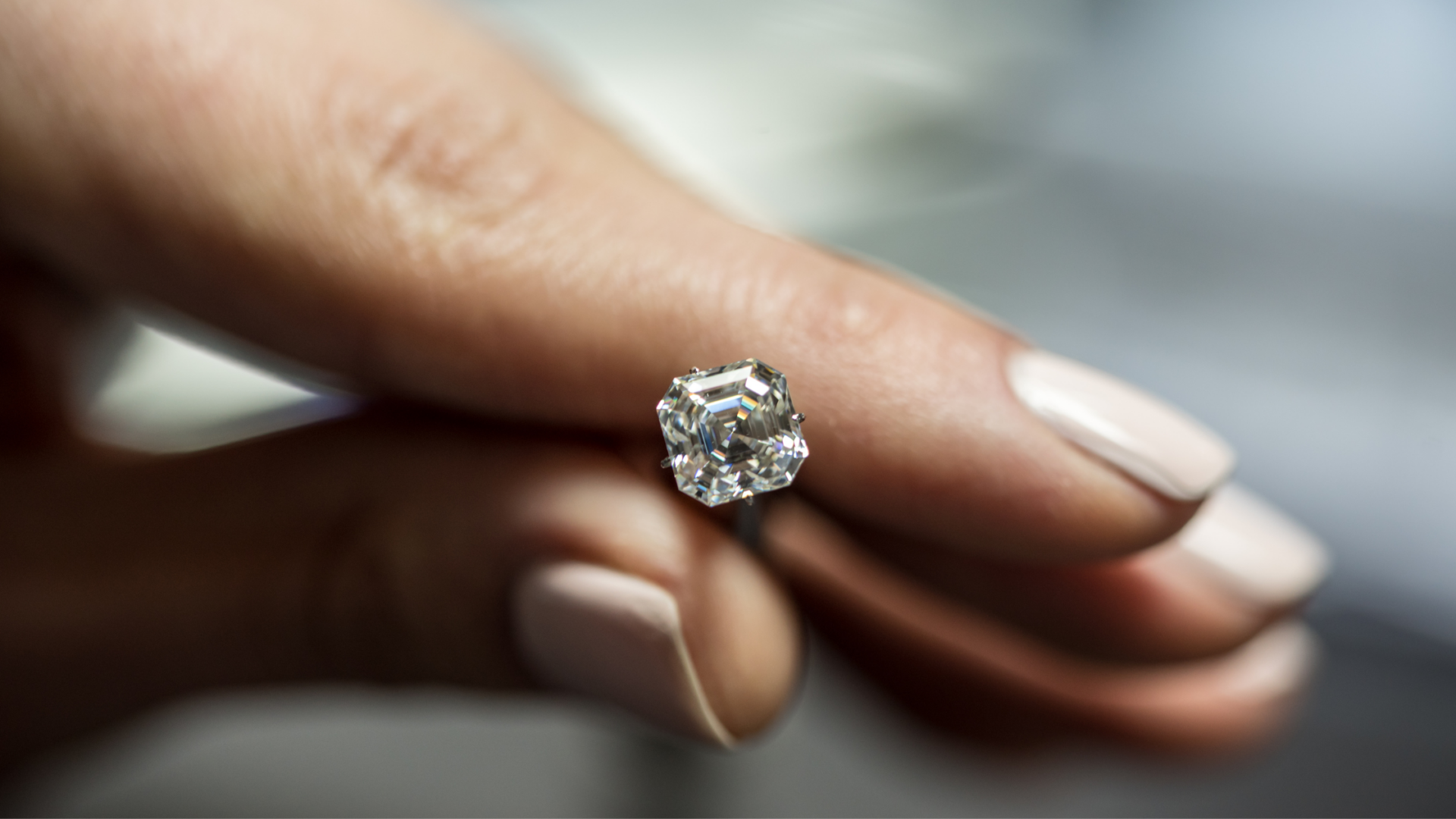

300x240.png)